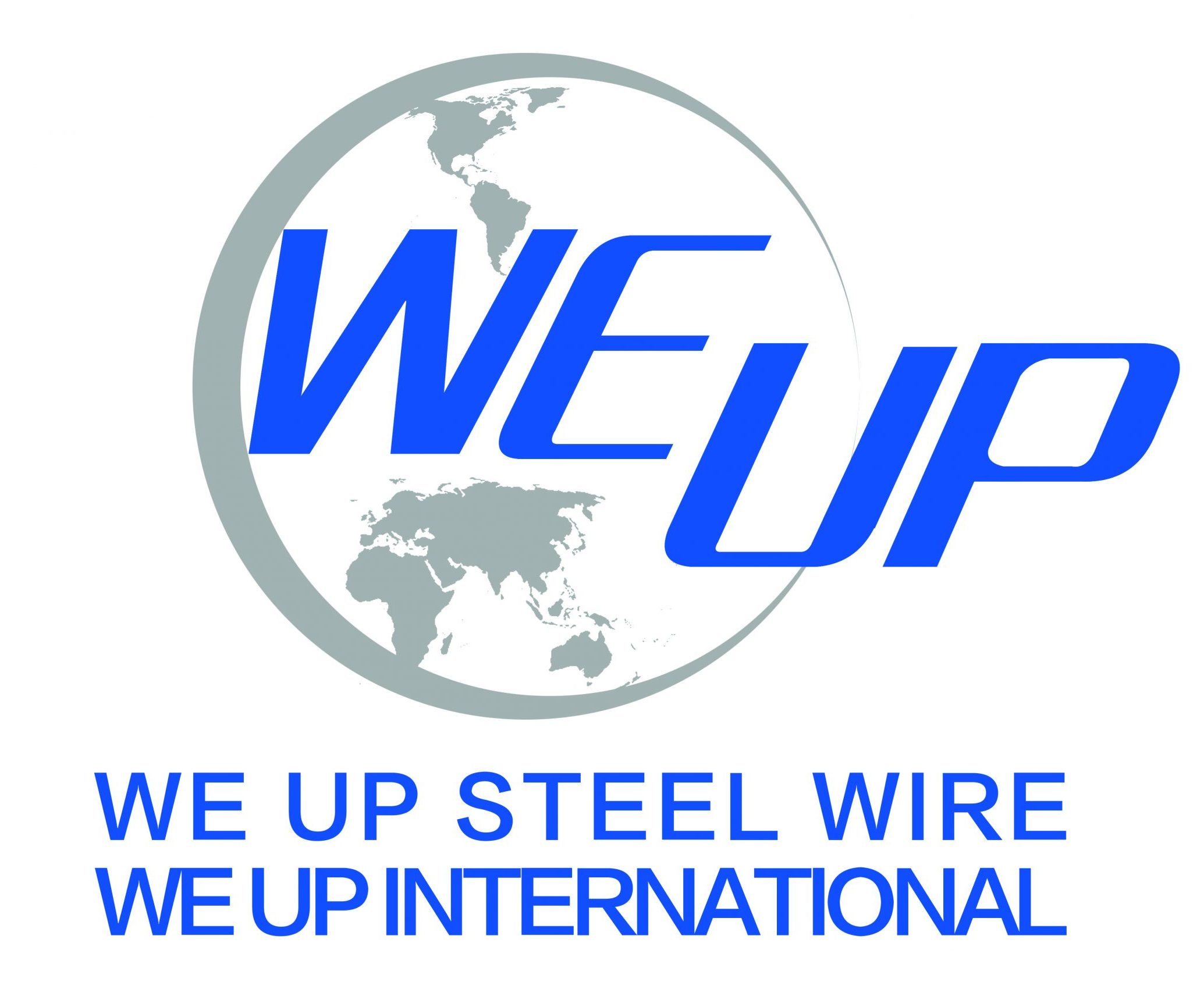Steel wire rods price from Sha Steel Plant
Date: January 11, 2023
| Type | Model | Diameter (mm) | Ex works (RMB/Ton) | Up/Down |
|---|---|---|---|---|
| Hard Wire | 45#-65# | Φ6.5 | 4430 | — |
| 45#-65# | Φ8-14 | 4430 | — | |
| 70# | Φ6.5-14 | 4450 | — | |
| 80# | Φ6.5-14 | 4530 | — | |
| Cold Heading | SWRH35K | Φ6.5-14 | 4470 | — |
| SWRH35K | Φ16-24 | 4470 | — | |
| ML08AL | Φ6.5-14 | 4480 | — | |
| ML08AL | Φ16-24 | 4480 | — | |
| SWRCH6A-8A | Φ16-24 | 4480 | — | |
| SWRCH18A-22A | Φ6.5-14 | 4430 | — | |
| SWRCH18A-22A | Φ16-24 | 4500 | — | |
| Alloy Cold Heading | 10B21 | Φ6.5-14 | 4710 | — |
| 10B21 | Φ16-24 | 4710 | — | |
| ML40Cr | Φ6.5-14 | 4720 | — | |
| ML40Cr | Φ16-24 | 4690 | — | |
| PC Bar | 30MnSi | Φ8-12 | 4420 | -200 |
| 30MnSi | Φ14 | 4470 | -200 | |
| Welding | H08A | Φ6.5 | 4460 | — |
| ER70S-6 | Φ5.5 | 4620 | — | |
| Wire Strand | SWRH77B | Φ6.5-9 | 4640 | — |
| SWRH77B | Φ10-13 | 4510 | — | |
| SWRH82B | Φ10-13 | 4520 | — | |
| Low Carbon (High Grade) | 1008 | Φ6.5-14 | 4650 | — |
| 1008 | Φ16-24 | 4630 | — | |
| SG1008 | Φ16-24 | 4630 | — | |
| Spring | 60Si2MnA | φ6.5-26 | 5450 | — |
| 65Mn | φ6.5-26 | 4810 | — | |
| SWRH82B | φ6.5-9 | 4830 | — | |
| High Carbon | SWRH72B | φ6.5-9 | 4740 | — |
| SWRH72A | Φ6.5-14 | 4690 | — | |
| Tyre Bead Cord Wire | SGLX72A | Φ5.5 | 5360 | — |
| SGLX82A | Φ5.5 | 5440 | — |
